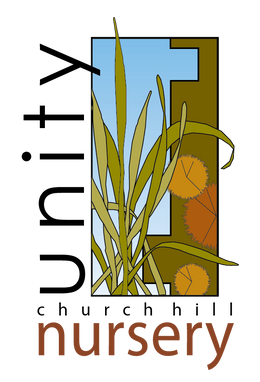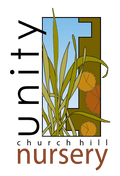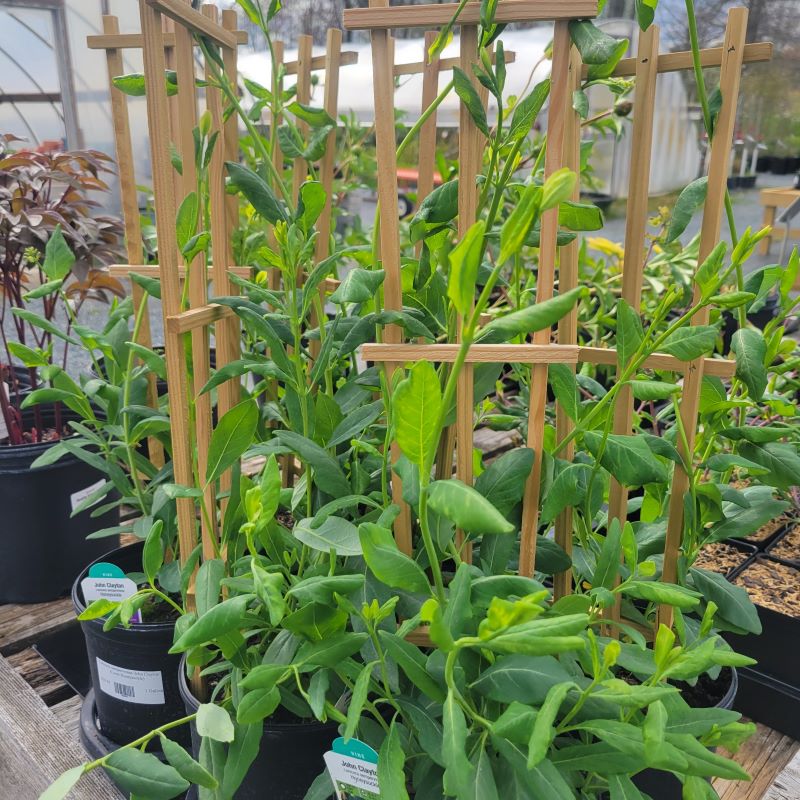Lonicera sempervirens 'John Clayton' (Coral Honeysuckle)
- Low stock - 2 items left
- Inventory on the way
Lonicera sempervirens 'John Clayton', is a cultivar of coral honeysuckle noted for its compact growth habit, tendency to rebloom and produce a large number of berries in the fall, and its lightly fragrant flowers, which taken on a yellow hue instead of the typical red/coral color. 'John Clayton' is a semi-evergreen to evergreen vine, depending on winter climate, with blue-green leaves that occasionally encircle the stems; from late spring into early fall, attractive yellow flowers draw in hummingbirds, butterflies, and other pollinators. The straight species honeysuckle, Lonicera sempervirens, and cultivars like 'Leo' can reach heights of 10-20' tall easily when it uses other structures or plants to support itself, but can also grow as a sprawling groundcover plant; 'John Clayton' instead grows only to about 6-12' tall or long.
A favorite for planting on mailbox posts and trellises, Lonicera sempervirens can be used in almost any sunny, well-drained spot and can be trained up fences, structures, or even dead trees for an excellent, and ecologically beneficial, specimen planting. 'John Clayton' is tolerant of a wide variety of light levels, but grows best when planted in average, well-drained soils in direct sunlight. This select cultivar was discovered in Virginia in only 1991, but is named for a an early colonial botanist and plant collector from the 18th century, John Clayton, who lived nearby to where the cultivar was initially found.





